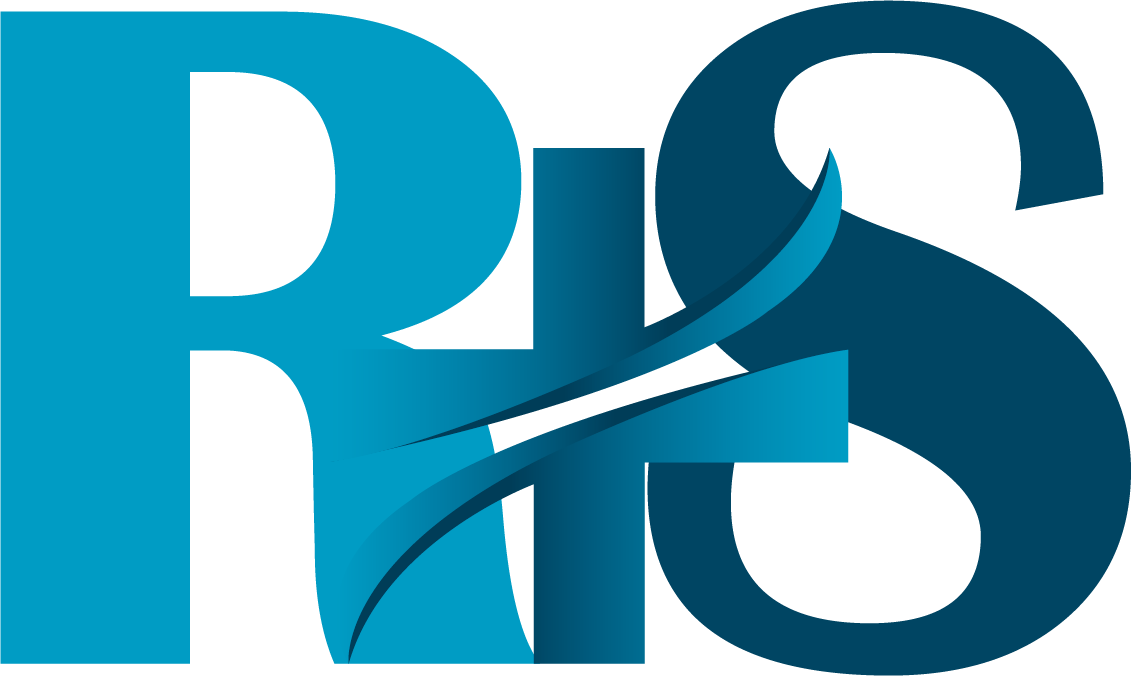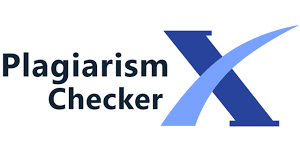Late Esophageal Perforation After Endoscopic Expansion of a Congenital Esophageal Stenosis. Child Hospital Manuel Ascenclo Villarroel, 2013 a Case Report
DOI:
https://doi.org/10.52428/20756208.v10i23.555Keywords:
Congenital esophageal stenosis, Fibromuscular hypertrophy, Esophageal perforation, ExpansionAbstract
lt was analyzed a two years and two months old patient with congenital esophageal stenosis diagnosed three months before admission to Children ls Hospital Manuel Ascencio Villarroel, in 2013, with the aim of identifying the management of congenital esophageal stenosis and its complications. The patient presented dysphagia to solids and semi-solids before endoscopic procedures: cough, fever, chest pain, difficult breathing and dilation cyanosis after the last esophageal. Laboratory studies and auxiliary diagnostic methods were conducted such as: esophageal endoscopy; esophageal dilations; CBC; urine culture; CXR; purulent fluid culture of pleural cavity and esophagogram. The studies showed a late diagnosis confirmed by endoscopy. The treatment of stenosis with endoscopic dilatation was performed under general anesthesia; drilling esophagus posterior to the last endoscopy expansion. In the outpatient consultation a urinalysis was conducted whose results were: +++ leukocytes, proteins +, positive nitrites. Microscopic examination: epithelial cells per field 2-4, abundant leukocytes, erythrocytes 0 to 1 per field, abundant bacterial flora pyocytes 1-3 per field. Similarly a urine culture was performed which resulted in: colonies> 100,000 CFU / ml, germ E. coli identified sensitive Sulfatrimetropin, Gentamicin, Norfloxacin, third generation cephalosporins. These results could be attributed thermal spikes. Controversy persists in deciding which the best suitable initial treatment for esophageal stenosis box is: either a surgical operation or conservative management with endoscopic esophageal dilations.
Downloads
References
SHIGERU T, CHIKARA T, NARUAKI M ET AL. Congenital esophageal stenosis: therapeutic strategy based on etiology. J Pediatr Surg 2002; 37: 197-201. https://doi.org/10.1053/jpsu.2002.30254
JONES WG 11, GINSBERG RJ. Esophageal perforation: a continuing challenge. Ann Thorac Surg 1992;53:534. https://doi.org/10.1016/0003-4975(92)90294-E
SARR MG, PEMBERTON JH, PAYNE WS. Management of instrumental perforations of !he esophagus. J Thorac Cardiovasc Surg 1982; 84: 211. https://doi.org/10.1016/S0022-5223(19)39035-X
RUIZ F, GUZMÁN S, SHARP A, TAPIA A, LLANOS O, IBÁÑEZ L. Perforaciones esofágicas. Rev Chil Cir 1995; 47(1): 56 - 60.
BARRIENTOS F, BAQUERIZO A, MUÑOZ W. Perforación esofágica. Rev Chil Cir 1998; 50(5): 509 - 512.
BAEZA C, GARCÍA CABELLO L, GARCÍA CHÁVEZ J. Perforación esofágica en niños. Cir & Cir 1998; 66(1 ): 16- 20.
SANJEEV A, FARAZ K., HANMIN L, ET AL. Management of congenital esophageal stenosis. J Pediatr Surg 2002; 37: 1024-1026. https://doi.org/10.1053/jpsu.2002.33834
KOUCHI K, YOSHIDA H, MATSUNAGA T, ET AL. Endosonographic Evaluation in two children with esophageal stenosis. J Pediatr Surg 2002; 37: 934-936. https://doi.org/10.1053/jpsu.2002.32921
MOGHISSI K, PENDER D: Instrumental perforations of oesophagus and their management. Thorax 43:642, 1998. https://doi.org/10.1136/thx.43.8.642
PANIERI E, MILLAR AJW, RODE H ET AL: latrogenic esophageal perforation in children: Patterns of injury, presentation, management, and outcome. J Pediatr Surg 31 :890-895, 1996. https://doi.org/10.1016/S0022-3468(96)90404-2

Downloads
Published
How to Cite
Issue
Section
License
Copyright (c) 2015 orge Enrique Tejada Aldazosa y Luis Gonzalo Melean Camacho

This work is licensed under a Creative Commons Attribution 4.0 International License.
Authors who publish with this journal agree to the following terms:
- Authors retain copyright and grant the journal right of first publication with the work simultaneously licensed under a Creative Commons Attribution License 4.0 that allows others to share the work with an acknowledgement of the work's authorship and initial publication in this journal.
- Authors are able to enter into separate, additional contractual arrangements for the non-exclusive distribution of the journal's published version of the work (e.g., post it to an institutional repository or publish it in a book), with an acknowledgement of its initial publication in this journal.
- Authors are permitted and encouraged to post their work online (e.g., in institutional repositories or on their website) prior to and during the submission process, as it can lead to productive exchanges, as well as earlier and greater citation of published work.






















